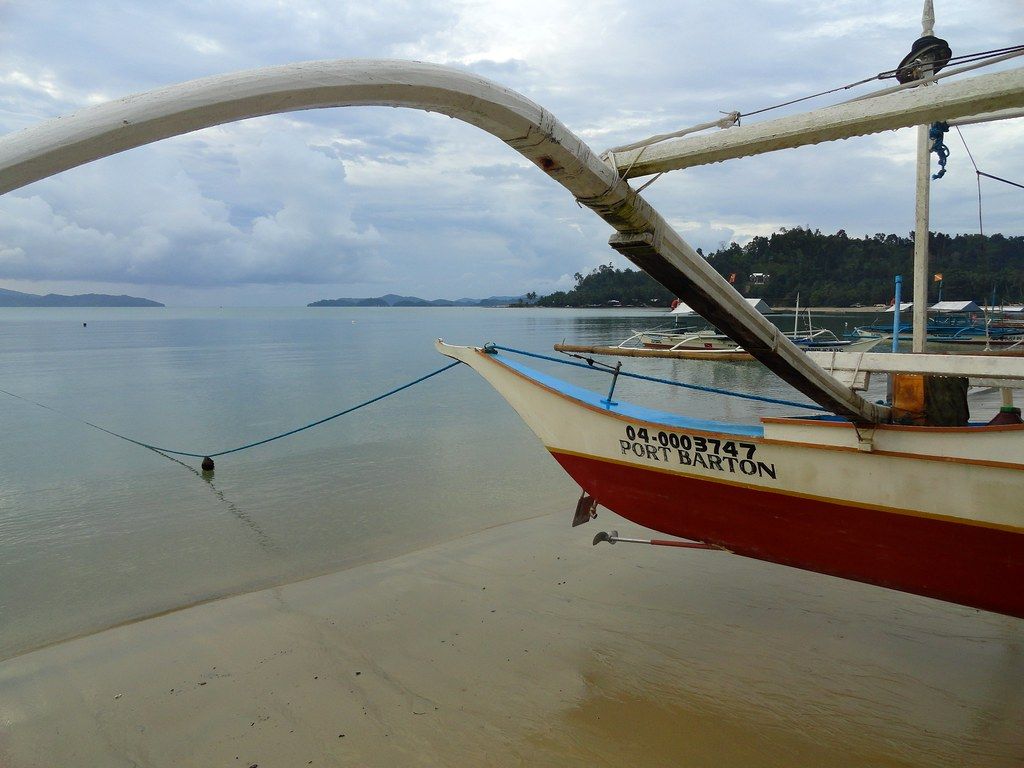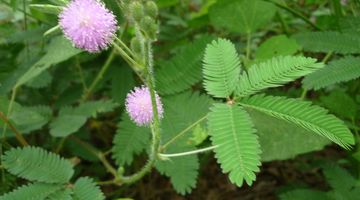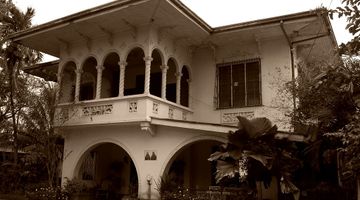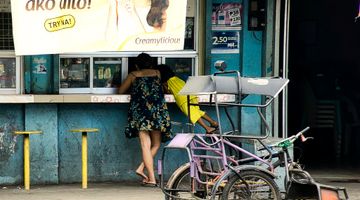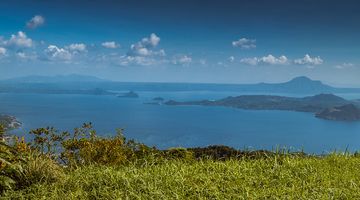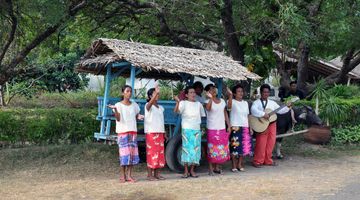Port Barton Travel Guide
In a nutshell
Calmer, smaller and more relaxed than El Nido, Port Barton offers beach-loving, budget travellers a quiet, exceptionally scenic reprieve from the usual touristy hustle and bustle.
Why go to Port Barton
A rural, seaside village on the edge of a rainforest, Port Barton holds many allures and charms for travellers who are looking for a more authentic and local experience rather than one of the many tourist-jammed hotspots in Palawan.
Unsophisticated in terms of transport, limited running water and with only 6 hours of electricity in the evenings, Port Barton is not the spot for those seeking luxury and first-world facilities. However, what Port Barton lacks in sophistication, it more than makes up for in genuine appeal, extremely friendly locals, pristine coastlines, rainforest hikes and waterfall treks.
This quiet, secluded oasis allows visitors the opportunity to travel affordably and simply without skimping on any of the renowned natural beauty of the unspoiled beaches, diving and snorkelling. And best of all, travellers won’t need to share the gorgeous natural environment with hundreds of other tourists. Island hopping tours to smaller, nearby islands are also an excellent reason to visit this charming village. Talcum-fine, peaceful beaches with beautiful corals and flourishing marine life below the warm, sparkling waves will truly make you feel as if you’ve won the paradise lottery. Spend your days lazing about under the sun, reading a novel under swaying palm trees, dozing in a hammock and seeking out the best beach bar for happy hour.
When to go to Port Barton
Much like visiting any spot in Palawan, the ideal time to visit Port Barton is from October to May. These months offer the most moderate temperatures and rain during this time is a rarity. The rainy months tend to be from June to October and this could put a damper on traveller’s beach activities.
Where to stay in Port Barton
Port Barton offers no chain hotels or luxury accommodation options and facilities are mostly designed to cater for adventurous backpackers on a budget. Although, what travellers may miss in luxury and decadence, they will gain in superb beach views, affordability and local charm.
Accommodation options are somewhat limited, but due to the lack of tourists, pre-booking a spot to sleep for the night is not essential. There are an appealing assortment of bungalows, cottages and inns on the beachfront varying in quality, amenities and price.
Many of the local restaurants and even some tour companies have adjoining guesthouses or rooms to rent and it’s advisable to take a wander around upon arriving and weigh up your options and wallet.
For those looking to strum their guitar with other travellers, meet new faces or share a bottle of Tanduay over many games of cards; Port Barton has affordable dorm-style accommodation options too. Rustic and basic beach camping arranged by a tour operator is also a unique and memorable way to spend a night in this dreamy destination. Be sure to bring enough cash for all expenses in Port Barton as there are no ATMs in the village and credit card machines are mostly unheard of.
Where to eat in Port Barton
Not only do the island-hopping tours offer travellers exceptional snorkelling and immaculate beaches, but they also include a delicious, barbequed seafood lunch paired with local rice and tropical fruits.
With plenty of affordable seafood dishes and well-priced local options on offer in Port Baron’s eateries, travellers will be able to delight in local cuisine and discover personal favourites without worrying about their pesos disappearing. Most restaurants and resorts offer tasty, affordable dishes in laidback, beachy environments, and some eateries have even begun to specialize in perfecting international cuisine. Travellers can sample Cajun food at Jambalaya Café or Japanese fare at Deep Gold Resort and many breakfast spots are able to whip up scrumptious American pancakes.
By and large, food in Port Barton is yet another reason to smile during your stay. With an abundant of restaurants offering a daily happy hour, sipping a frosty San Miguel, a fruity cocktail or a fresh juice while the sun sets is simply the order of the day here on this delightful slice of Palawan.
How to get around Port Barton
Due to the small size and relaxed atmosphere of Port Barton, getting around is done mainly on foot. The village is small enough that everything is within walking distance and with the beautiful scenery as the backdrop, seaside strolls with an ice-cream in hand are a pleasant means of transportation.
Visiting the nearby islands on an organized island-hopping tour can be achieved by hiring a private boat for the day or rallying up fellow backpackers and splitting the cost. During the high season it is also easy enough to join one of the organized trips by simply asking around at the various resorts or making enquiries with the friendly fishermen.
How to get to and from Port Barton
Getting to Port Barton from Puerto Princesa can be done in three different ways; via a minivan, via jeepney and via a bus.
There are a couple of van companies offering the Puerto Princesa and Port Barton route as well as the vice versa option. The pickup and drop-off point is the San Jose terminal about 7km north of Rizal Avenue in Puerto Princesa proper.
Vans leave four times a day, cost around PHP450 per person and take about 3 hours.
There is also a daily 9am jeepney leaving from the same terminal which’ll cost around PHP350 and take about half an hour longer than the van.
Your cheapest travel option from Puerto Princesa and Port Barton would be via a PHP300 bus also leaving and arriving from San Jose terminal. The cons of the bus are; no air-con, drivers in a hurry on bumpy roads and more stops than on a van; whereas the pros would be; the affordable fare of the bus as well as the cultural experience of travelling with locals. Decide what works for your needs and budget and make up your own mind.
A private minivan can also be hired at a pricey PHP4700.
Fortunately, Port Barton is half way between Puerto Princesa and El Nido and if you’re coming from either and wanting to get to Port Barton then no sweat!
Getting in from El Nido can easily be accomplished either by a direct van, or via a bus to Roxas and then a jeepney to Port Barton.
The first option with a direct van is definitely the easiest but the latter is definitely the cheapest. So convenience versus affordability? Isn’t that always the traveller’s conundrum? So first up, the convenient option. There are several direct vans making this trip daily and prices vary somewhat from around PHP600 to PHP850 so make sure to shop around before purchasing your ticket.
Second up but probably most backpacker’s ideal option in terms of price would be to take a 3 hour morning bus to Roxas (PHP100) and then to hop on a 12pm jeepney from Roxas to Port Barton for around PHP150. All in all this latter option to Port Barton is around half the price of the direct van. Be mindful however, that this midday jeepney is the only jeepney journeying this route each day so rather be early than late when arriving in Roxas.
Is Port Barton a safe place to visit?
Not only is Port Barton the laid-back and quieter cousin of El Nido, but because of this it is safer for travellers from tourist scams too. When travelling to and from Port Barton your biggest danger is vehicle and motorbike accidents. The poor quality of the roads and the fact that most road rules in the Philippines are considered to be suggestions rather than regulations can mean that road accidents en route to and from Port Barton are unfortunately not uncommon.

